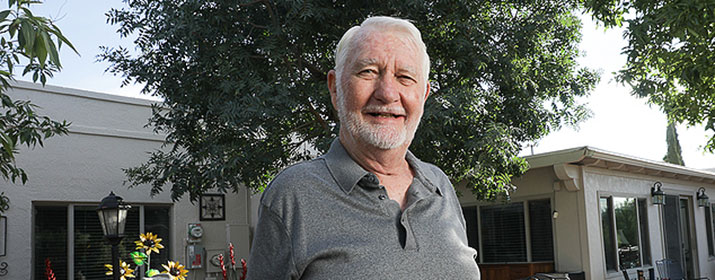
As chillier weather settles in, the relief from reduced air conditioning costs can give way to concern about maintaining comfort in the cold.
Taking on effective energy-saving measures can make an impact on your customers or employees.
“By implementing these strategies, businesses can significantly reduce their energy costs this winter while maintaining a comfortable work environment,” said Senior Program Manager Edith Garcia. “Start with the most feasible options for your business and gradually incorporate more advanced energy-saving measures as you see the benefits accumulate.”
Optimize Your Heating System
Start by fine-tuning your heating system. Set your thermostat to 68-70 degrees during working hours over the winter and reduce it to 56 degrees during off-hours or when the building is unoccupied. This simple adjustment can lead to substantial savings, since each degree of reduction translates into 3-5 percent in savings, according to the U.S. Department of Energy. Consider installing a programmable or smart thermostat to automate these changes.
Regular maintenance is crucial. Replace air filters monthly or as needed, and schedule annual inspections for your furnace, boiler, or heat pump. A well-maintained system operates more efficiently, reducing energy consumption and preventing costly breakdowns.
Seal and Insulate
Windows and doors are responsible for approximately 20 percent of a building’s total heat loss. Conduct a thorough inspection to identify and seal air leaks around windows, doors, and other openings. Proper insulation is key to maintaining a comfortable temperature without overworking your heating system. Consider installing weatherstripping around doors in high-traffic areas to minimize heat escape.
For an added layer of protection, look into window films. Films act as a thermal shield, retaining warmth in winter while also blocking up to 66 percent of the sun’s heat in summer.
Leverage Natural Light and Heat
Opening blinds on south and west-facing windows during the day can reduce the need for artificial lighting and heating. Remember to close your blinds at night to retain heat.
Upgrade Lighting and Equipment
Replace outdated incandescent bulbs with energy-efficient LEDs to save up to 70 percent on lighting energy costs. Install occupancy sensors in areas that aren’t continuously occupied to ensure lights are only on when needed.
Power Management
Make sure your employees power down computers, printers, and other equipment during non-business hours. Enable power management features on all devices and consider using energy management software to streamline hardware usage, potentially reducing resource utilization by up to 20 percent.
Conduct an Energy Assessment
A professional energy assessment can identify areas of high energy consumption and potential inefficiencies in your business. This allows you to target your energy-saving efforts more effectively.
Through our free Virtual Commissioning program, a trained energy advisor will analyze your facility’s energy data with no on-site visits required.
Learn more about our virtual and on-site assessment options:
Educate and Engage Employees
Create an energy-saving culture within your organization. Encourage employees to be mindful of their energy usage and provide tips on how they can contribute to reducing costs. Simple actions like unplugging small electronics when not in use or using smart plugs can make a significant difference.
Learn from TEP’s experience how to create your own green team.






